More about: Richard Ashcroft
The Verve frontman Richard Ashcroft has announced that he'll be taking his new solo album These People on tour, announcing two huge UK shows. The album - which is his first solo album in ten years - will drop on 20 May, after he launches the record with two exclusive UK live shows in London and Manchester.
To celebrate this momentous occasion, we look back through his oeuvre and reveal his best tracks. We pick highlights from the cosmic escapism of early Verve singles, and their first album before moving on to look at his harder rocking second album, the seminal Urban Hymns, Forth, and his impressive solo material.
Going back through these releases, reminds us just how much of a genius Ashcroft is. In the space of one line he can change the way you think and that coupled with his ear for catchy and achingly beautiful melodies makes him one of the greatest songwriters the world has ever seen.

'All In The Mind' (The Verve): This was their first single and released in 1992, toppeing the independent charts. Their sound at this point was routed in a psych rock and shoegaze, which Ride paved the way for. Ashcroft's voice was as strong then as it's been since. His crystal clear delivery contrasts brilliantly with the chaotic swirls of distortion, reverb, and delay.
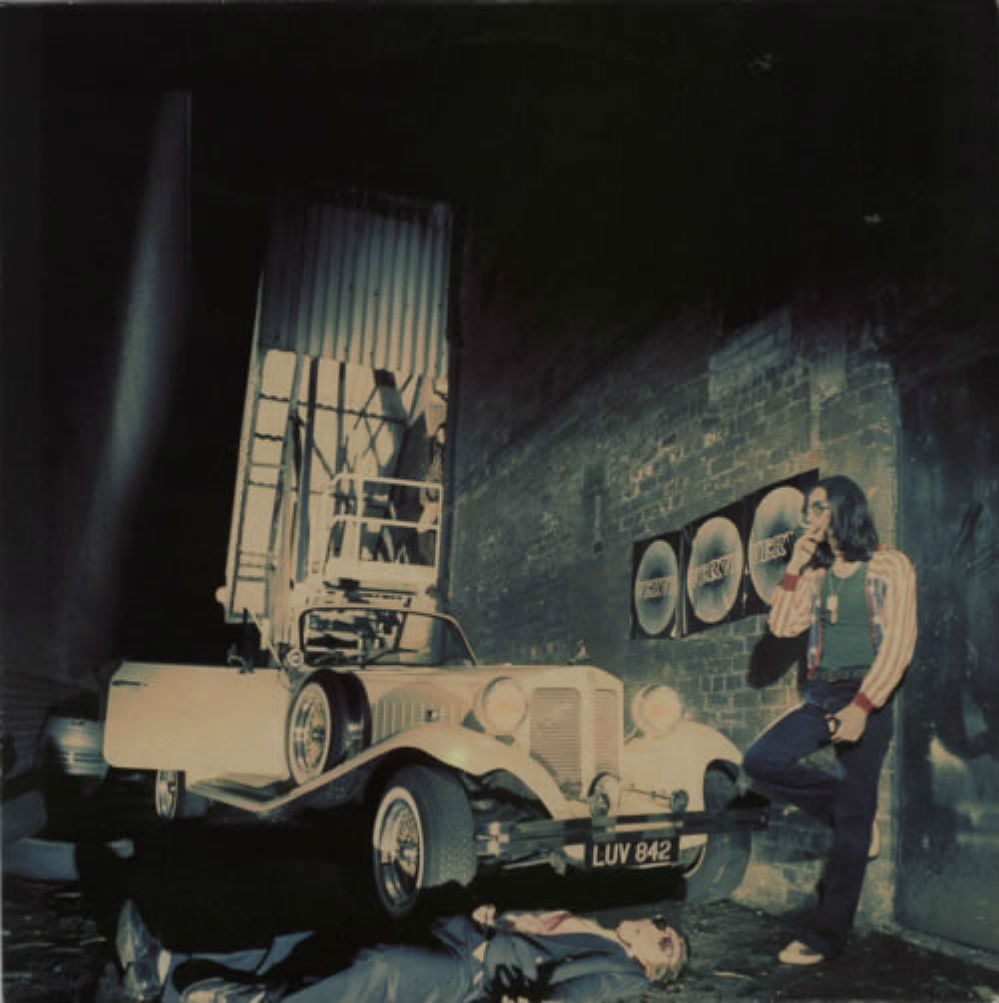
'Blue' (The Verve): The first single from their debut album, A Storm In Heaven. One of the darkest psych songs to come from the record, the song revolves around a jam that has an improvised feel that sounds effortlessly melodic.
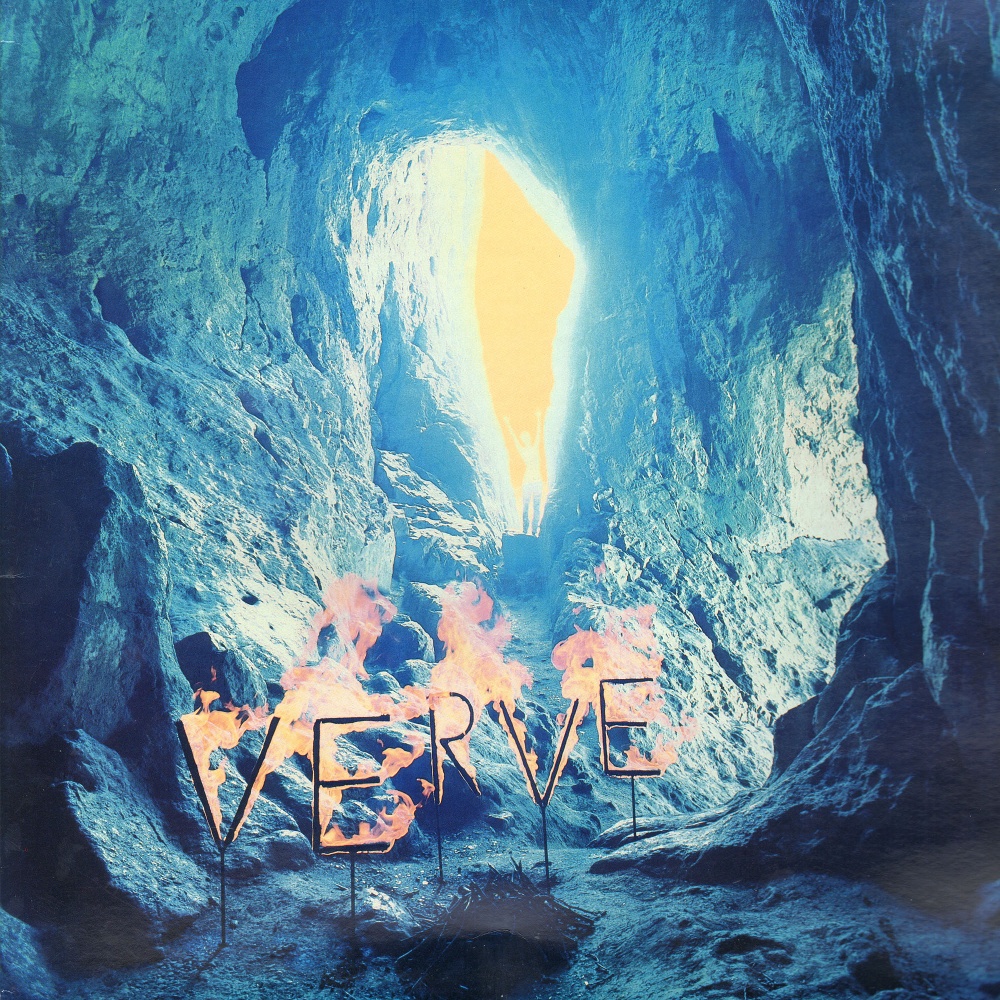
'Slide Away' (The Verve): This is a highlight from their first album, A Storm In Heaven. Like many of the songs from this period the guitar is bathed in delay and reverb giving it a very psychedelic feel. The sound is markedly different from the classic rock sound of Urban Hymns. Despite being less commercially successful - it only reached No.98 in the UK - it was a great period for them and in hindsight the genius shines brightly. 'Slide Away' is now considered one of the greatest guitar tracks of all time.

'This Is Music' (The Verve): This is taken from their harder rocking second album, A Northern Soul. It's this kind of release that showed the sky's the limit for the band. Gone were the introverted ethereal soundscapes and here were the direct, hard hitting rock songs that would bring with it a wider audience.

'History' (The Verve): This is taken from their second album, A Northern Soul, and was the final single to be released from that album. It was released a month after the band's first sudden break up. It was the first song they released to feature string sections and it sounds epic and it's a direction they ended up embracing even more on their seminal follow up Urban Hymns.

'I See The Door' (The Verve): A B-side to the 'On Your Own' single, it shows all that's needed to get an emphatic track with Richard Ashcroft, is his voice, an acoustic guitar and a subtle back beat. Sometimes simplicity is key, and on this occasion it's worked a treat.
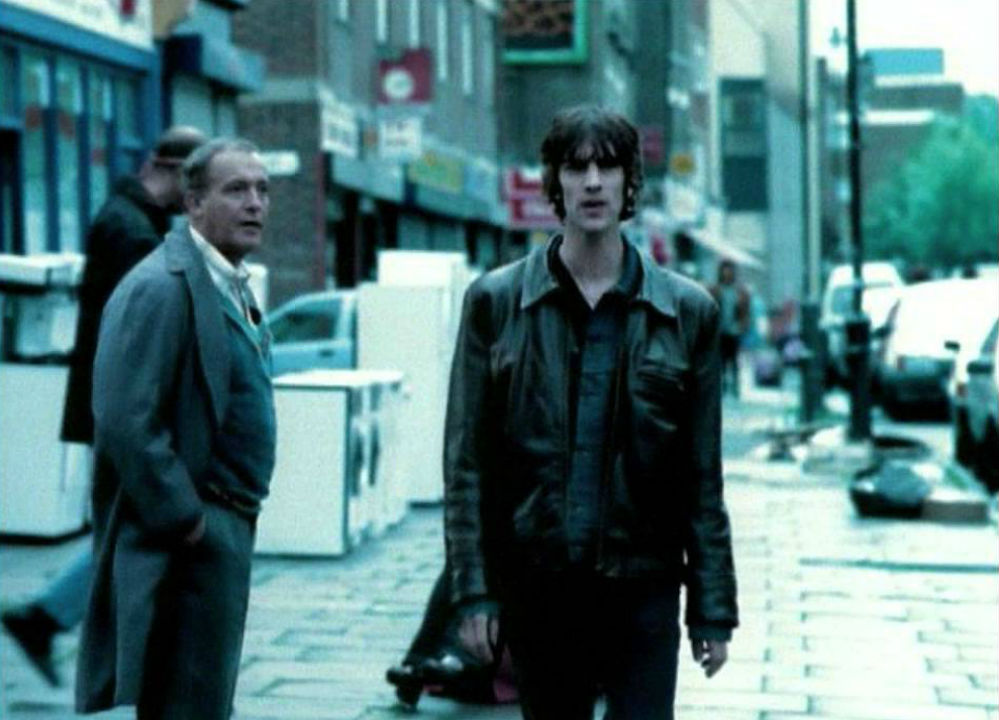
'Bittersweet Symphony' (The Verve): The video to this song where he's bumping into people as he walks down a crowded London street is one of the most iconic images of Richard Ashcroft. The mood of isolation from society in the song matches the image of the video perfectly. Despite its depressing lyrics: "You're a slave to money then you die", there's an underlying sense of rejoice that makes it a great song to soundtrack the end of a big night out.
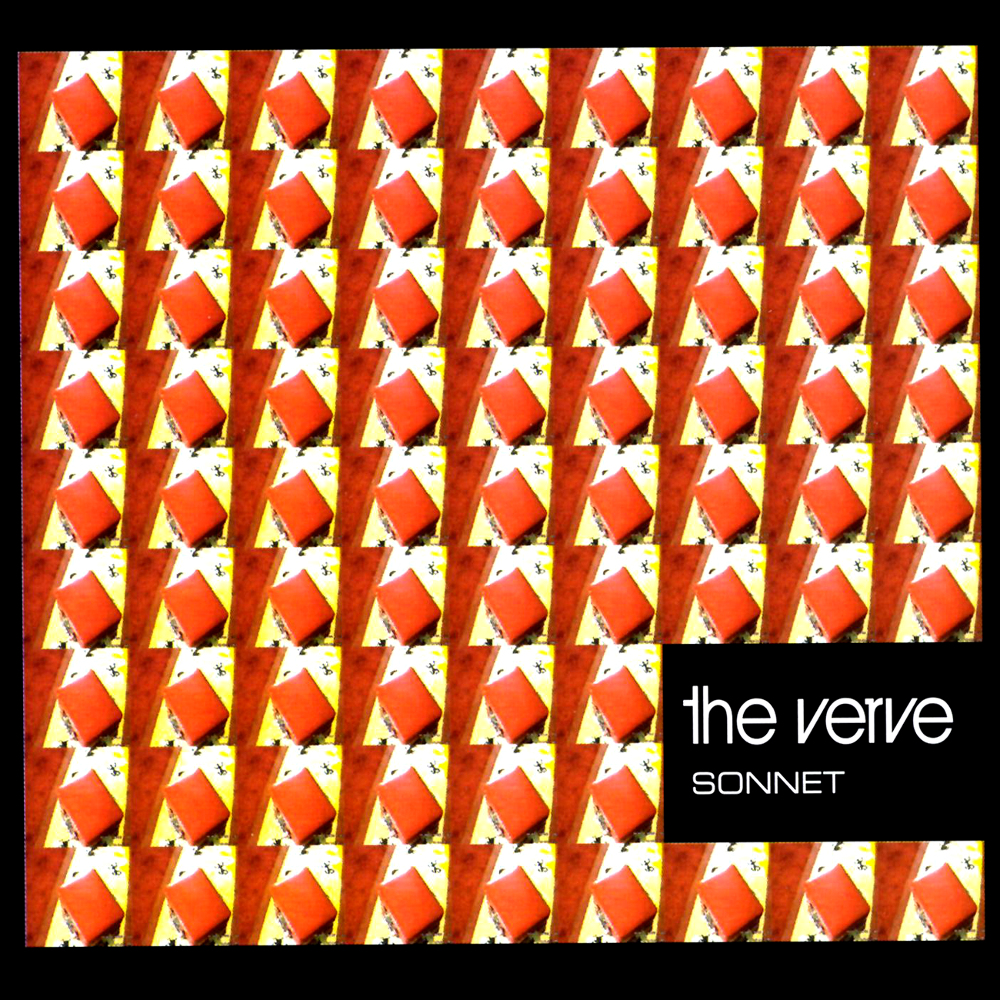
'Sonnet' (The Verve) - One of their most memorable tracks, this is quintessential late '90s Verve and shows why they'll be remembered as one of the greats. This was released after they broke up, so they released it as part of a set of four 12-inch records and only put out 5000 copies.
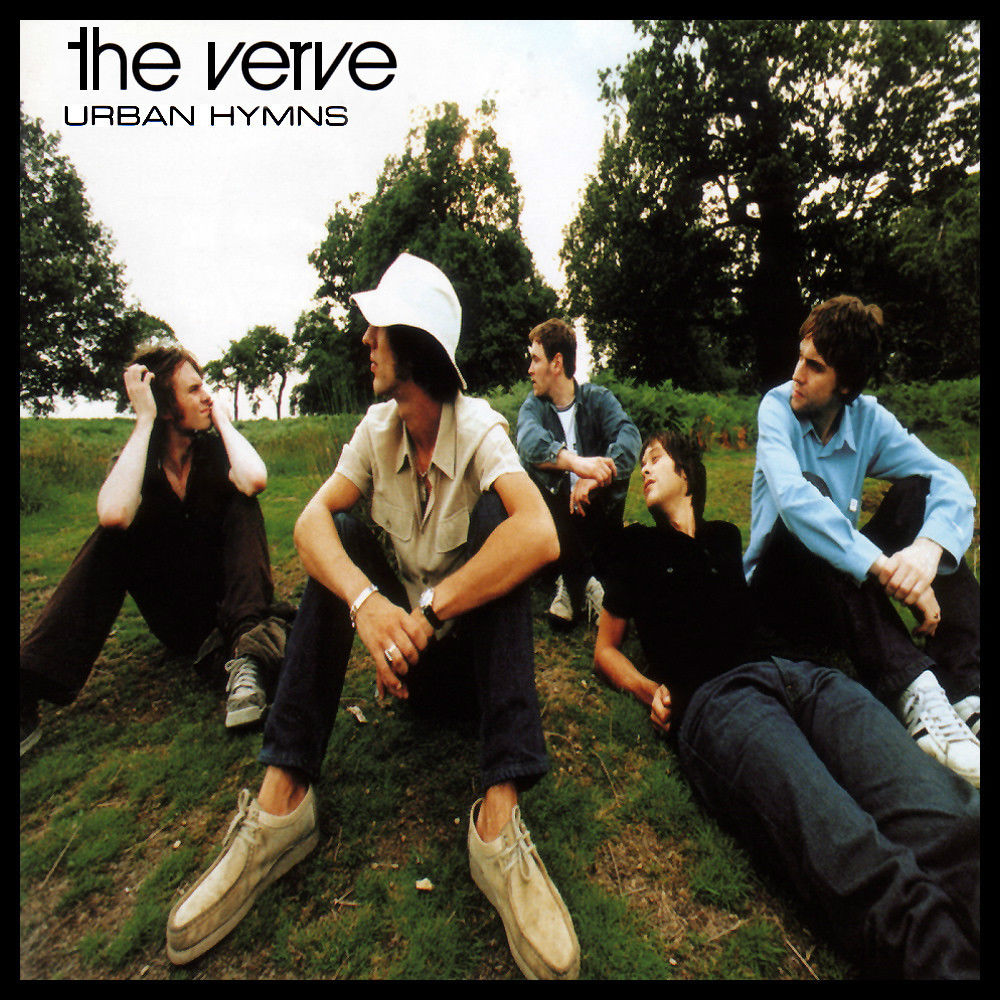
'The Drugs Don't Work' (The Verve): Now cemented in music history, and the band's first No.1 single. The lyrics can be interpreted in various ways, but Ashcroft was quoted in an interview with Select in 1995 saying, "There's a new track I've just written [...] It goes 'the drugs don't work, they just make me worse, and I know I'll see your face again'. That's how I'm feeling at the moment. They make me worse, man. But I still take 'em. Out of boredom and frustration you turn to something else to escape."

'Lucky Man': (The Verve): This is taken from The Verve album Urban Hymns, which remains one of the greatest indie albums of all time. The words "All the love I have is in my mind" is typical of the genius in his lyrics. Like a poet there's so much that can be drawn out of his every line.

'A Song For The Lovers' (solo): This was initially written for Urban Hymns, but never released. It saw the light of day on Ashcroft's as the opening track from first solo album, Alone With Everybody. The album encompasses some American country influences with strings and slide guitar, which makes for an interesting change in style. But 'A Song For The Lovers' stands out from the rest of the album as very much a Verve song.

'Break The Night With Colour' (solo): This song shows why Ashcroft's solo material rivals that of The Verve. This is one of the catchiest tunes he's ever written, reaching No.2 in the singles chart. The album it's taken from, Keys To The World, also reached number No.2.

'Love Is Noise' (The Verve): Taken from their fourth album, Forth. This is the sound of a band at top of their game and they kept the magic they found on Urban Hymns despite an 11 year gap.

'This Is How It Feels' (solo): Proving that time out of the limelight hasn't led to a dip in form, 'This Is How It Feels' is everything you could expect and more. He seems incapable of releasing anything but hits. The single is taken from his forthcoming album, These People, which is his first in ten years and is reportedly about his personal dark times and world events. We're yet to hear any other snippets but Ashcroft told Radio X: "It's gonna be some of the best songs that I've ever written, so I'm excited for it."
Grab your copy of the Gigwise print magazine here.
More about: Richard Ashcroft





